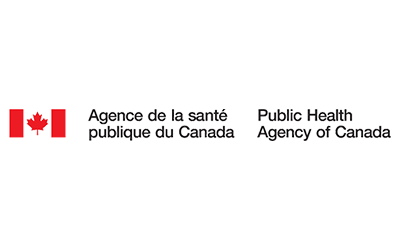For healthy infants, whole cow’s milk with 3.25% fat can be included in their mixed diet starting at 9 (to 12) months of age.
Breast milk until one year of age
From birth to 12 months of age, the base of the infant’s diet should be breast milk. According to Health Canada, for a baby who is not breastfed or is only partially breastfed, commercial cow’s milk-based infant formulas fortified with iron are the best substitute during the first year of life.
It is recommended to wait until the baby is 9 to 12 months old to introduce cow’s milk. Why? To prevent nutrition deficiencies, kidney overload and intestinal damage. This is because the amount of cow’s milk is not suited for the baby’s needs. Cow’s milk also contains too many minerals (which put stress on the kidneys) and an insufficient amount of iron. Cow’s milk increases the risk of anemia if given to the baby before 9 months or in too large of a quantity. Finally, cow’s milk does not help protect the baby’s immune system the way breast milk does.
How to introduce it?
In order to facilitate the introduction of cow’s milk, it may be helpful to progress over two weeks, replacing a small amount of breast milk or formula by cow’s milk. As for breastfeeding, sessions often only get shorter. The gradual introduction of cow’s milk allows both the baby and the lactating mom to adapt to the change. Once introduced, the minimal amount of cow’s milk to be consumed is 500 ml per day while the maximum amount is 750 ml per day. The child’s appetite could be affected if they drink too much milk.
What type of milk to introduce?
3.25% fat, pasteurized cow’s milk with must be offered until the age of two at least. Partially or entirely skimmed cow’s milk is not recommended before this age since it does not provide enough energy and essential fats. Fortified plant beverages are not recommended either because they do not provide enough energy and fat. After one year of age, only soy beverages should be given to the child, but their diet should be adapted to compensate for the low amount of fat in these beverages.
From the age of 2, 2% milk can be given to the child, but 3.25% cow’s milk can also be offered until the age of 5 years.
Other aspects to consider
Regular cow’s milk is not recommended in cases of intolerance or allergy. If a child is lactose intolerant, different measure might be taken so they child can still drink milk.
It is recommended to continue supplementation with vitamin D, even if the baby reaches the age of 12 months and consumes cow’s milk.






